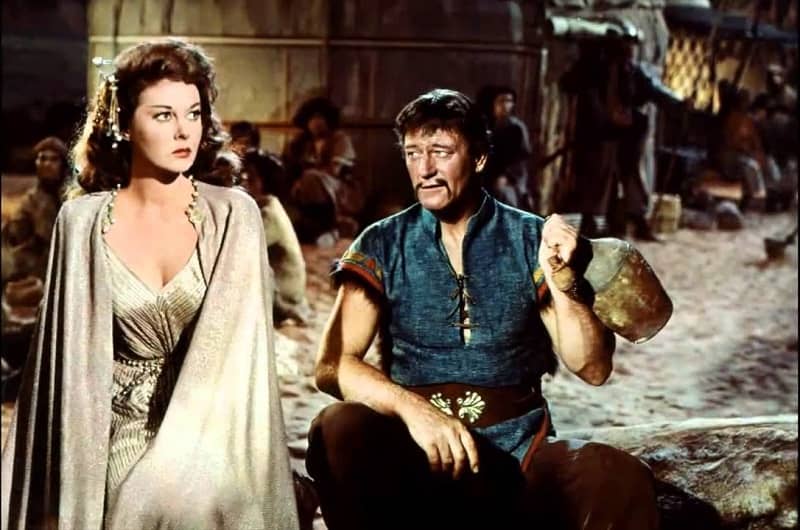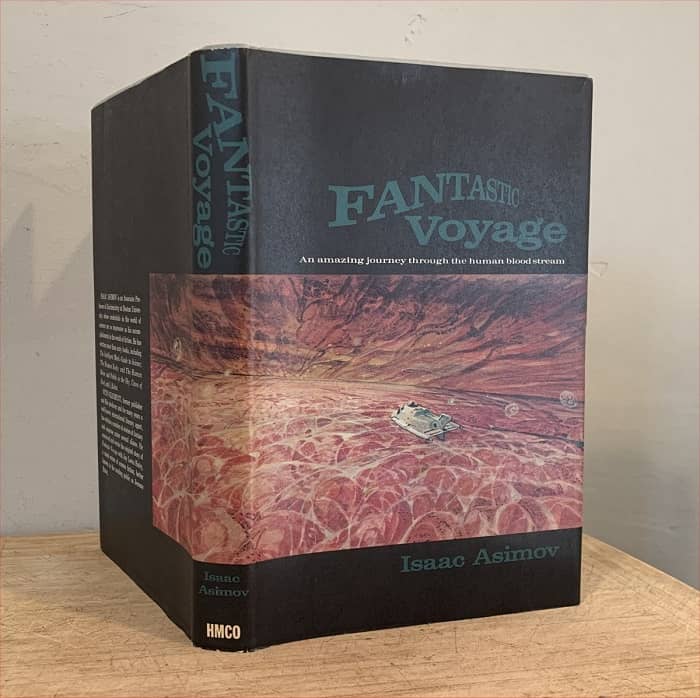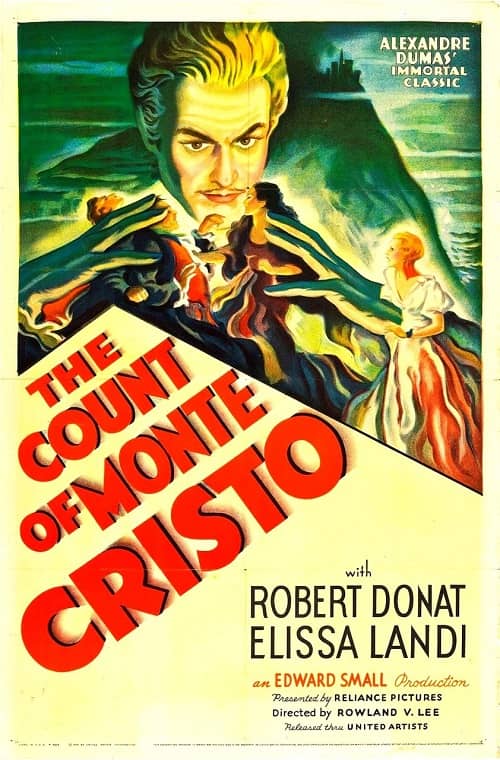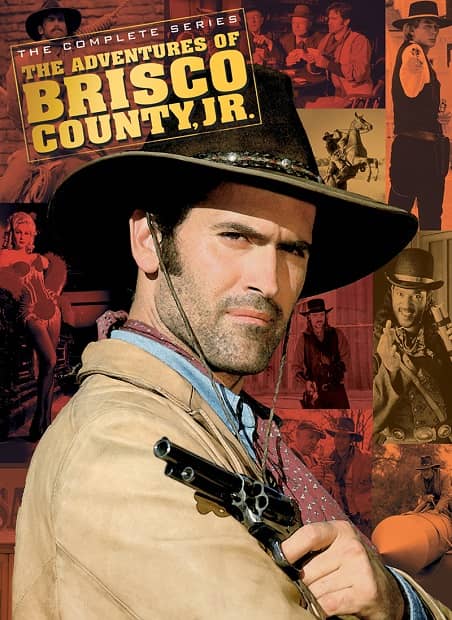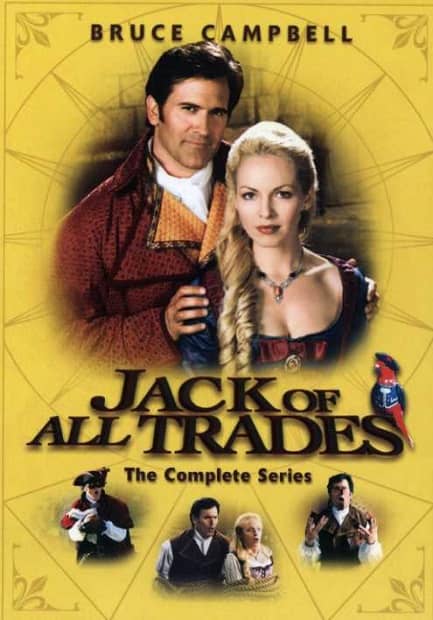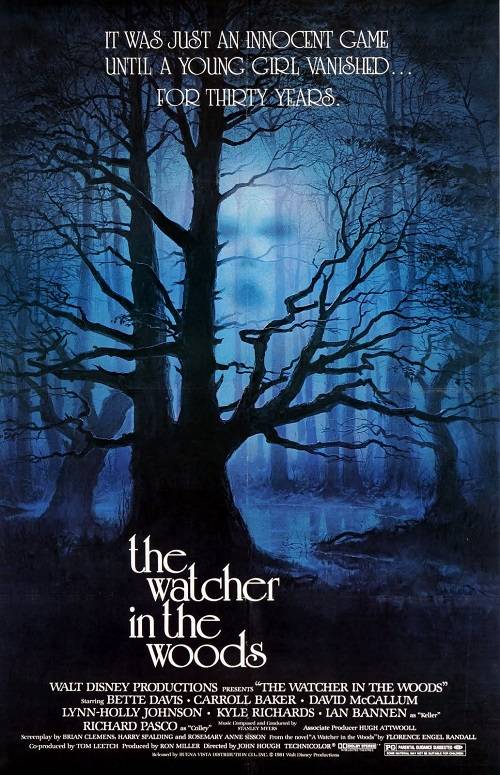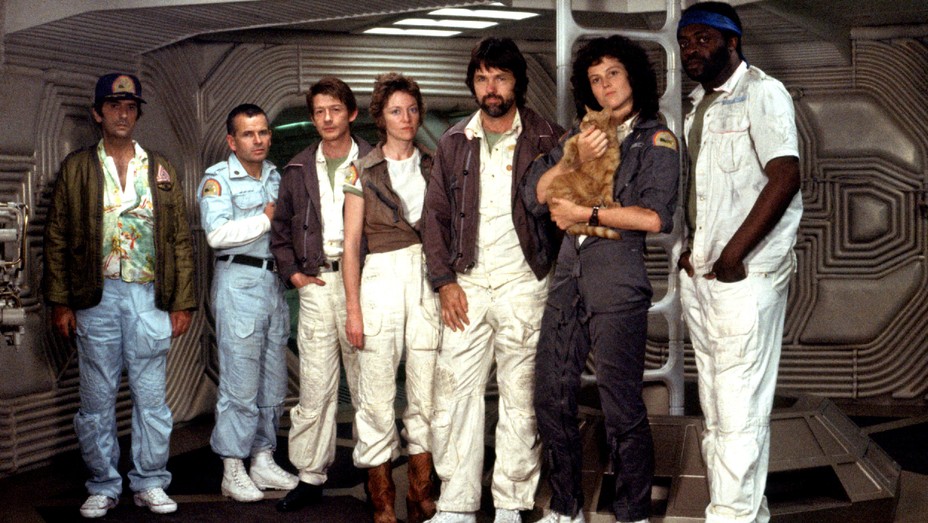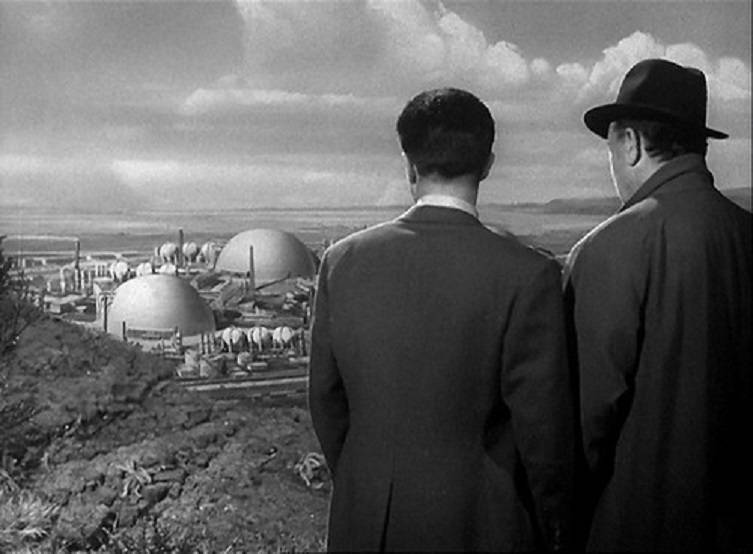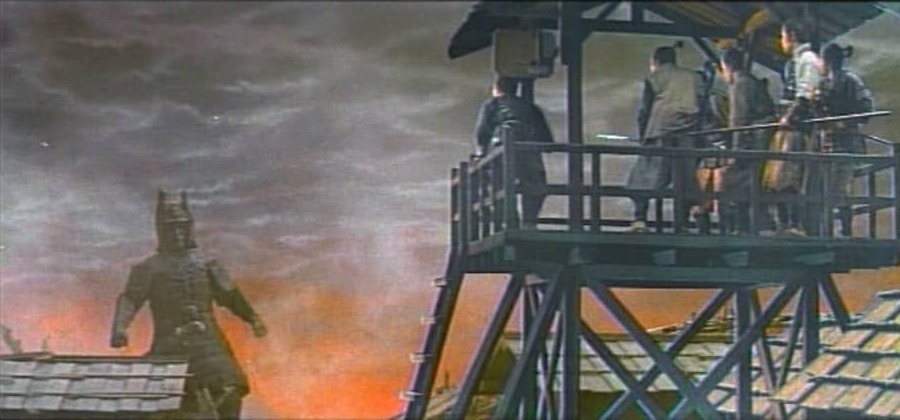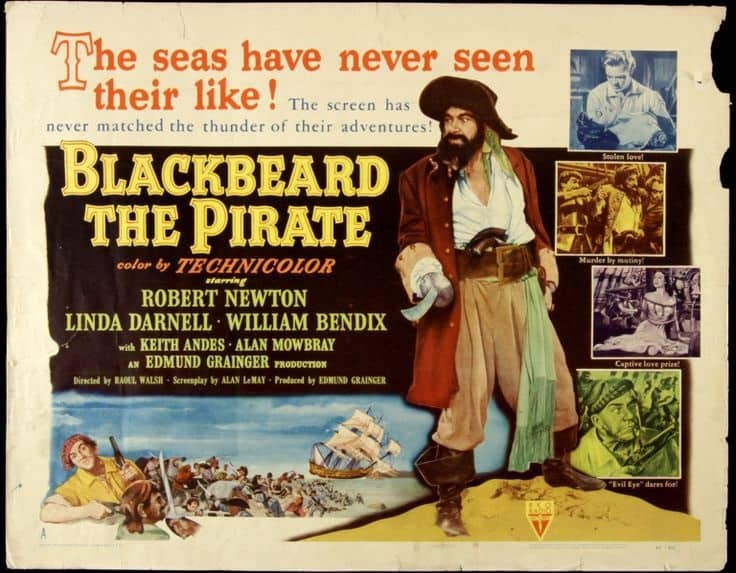Ellsworth’s Cinema of Swords: Mongols, Cossacks, and Tartars
The Conqueror (1956)
Let’s get barbaric! Preferably on horseback in central or western Asia. Our first movie, John Wayne as Genghis Khan in The Conqueror, is so terrible that it’s famous for being terrible, while our second film, The Tartars, is just as terrible but unfairly and surprisingly overlooked, especially since one of its stars is Orson Welles. Ah, but our third movie, Taras Bulba…. Now that’s good stuff. So, ferment some milk, shave your skull except for a scalplock, and leave your effete civilizations behind, because we’re going steppin’ on the Steppes!
(And by the way, if this kind of setting is to your taste, you’re going to love the Harold Lamb short story collections edited by our own Howard Andrew Jones, stories that were a major inspiration and influence for Robert E. Howard. The books, including all four volumes of The Complete Cossack Adventures, plus Swords from the Desert, Swords from the West, Swords from the East, and Swords from the Sea, are still available in digital format — and if you move quickly, there may still be a few print copies left.
